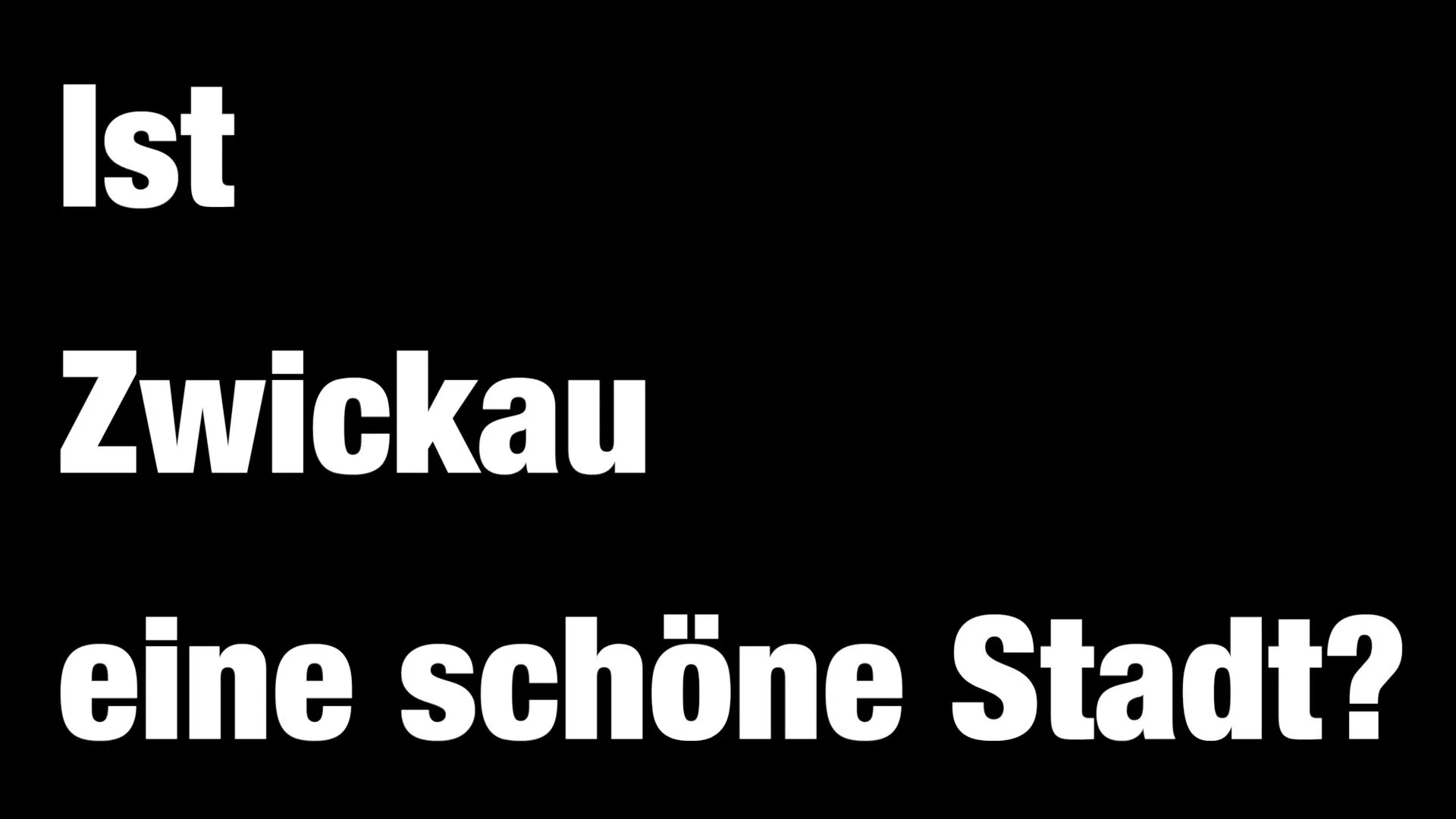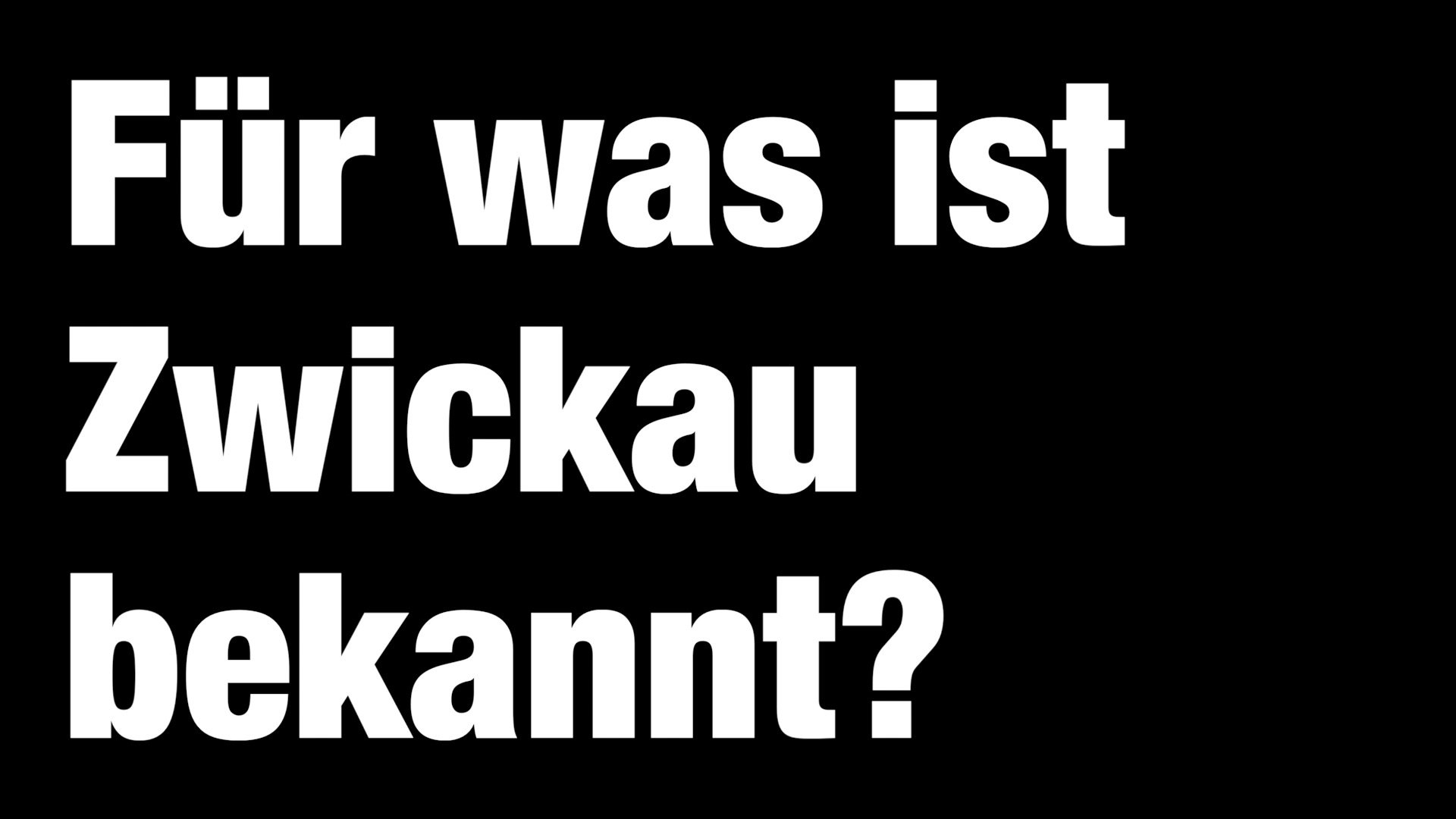
Wo ist Zwickau?
multi-media installation, 2021, Remote Gallery, Zwickau, Germany
茨维考在哪?
多频道空间装置,2021,远程画廊,茨维考,德国
"Wo ist Zwickau(Where is Zwickau)?" was the first question I asked Chris as he mentioned the Remote Gallery project to me. Starting with this question, I explored the city Zwickau with these two methods: google it and go there. And I ended up with a room installation in Remote Gallery in Zwickau.
There're three parts presented in the gallery space.
The projection shows a text video, "Wo ist Zwickau?", from the text, I gathered from top-listed results on Google and Youtube. This is probably what most people would do nowadays to know a city that they never heard of before. But one might not get so much information about a "none popular" city, like Zwickau, based on search engines led by web crawler protocol. When did Zwickau come to people's ears who are non-residents? Is it with the news about the acts of violence by the NSU trio? Or as one listening to Robert Schumann and knowing he's from Zwickau? Or as one looking for studying/working opportunities? When the news media covered extremist crimes in the city, people outside the city without knowing the city would contextually and symbolically associate them with these incidents, making a bad impression. Still, we know that events and media coverage can't represent the whole.
In this work "Wo ist Zwickau?", I'm trying to give a glimpse of a "digital landscape" of Zwickau.
To answer the question, I create another 2-channel video work, "Have a walk in Zwickau." This work documents me walking from the Gallery to the Residency apartment, through the city center. One perspective is from my left arm, which audience could also see the reflection from shop windows I pass by. One perspective is from another person's left arm, who's following me. This "body" perspective is to simulate our peripheral vision. Other than allowing us to see things on our sides, it gives a sense of visual perception. I chose this filming technic, also hope to cause as little attention of passersby's as possible. This work is trying to show my feeling as walking through Zwickau.
The third work is a graffiti on the Gallery wall, called "The Numbers." It shows the population number of Zwickau from 1890- 2020 (1940-1945 missing data). As I researched Zwickau, I was fascinated by these numbers. I think this shows one real face of the city. They're not only numbers; they appeared with the waves that happened in history. They're the past, the present, and the future of the city. They are the residents living in this city.
“Wo ist Zwickau(茨维考在哪里)?”这是Chris向我提到了 Remote Gallery 项目时我问他的第一个问题。从此开始,在驻地期间我用了两种方法探索了茨维考市:谷歌它然后去那里。最终也完成了这件以视频为主的空间装置。
我在这个空间中通过三个部分呈现了这件作品。
首先,在投影上显示的是一段文字视频,“Wo ist Zwickau?”,其中的文字是我从 Google 和 Youtube 上排名靠前的结果中收集到的。这可能是当今大多数人为了解一个陌生城市会做的事情。但是基于由网络爬虫协议主导的搜索引擎,人们可能无法获得足够多关于“不受欢迎”的城市的信息,例如茨维考。茨维考在什么时候会传到非本地人的耳朵里?是关于 极右翼势力暴力活动的新闻吗?或者某人在听罗伯特.舒曼并知道他来自茨维考?或者某人在茨维考寻找学习/工作机会?当新闻媒体报道这座城市的极端主义犯罪事件时,非本地的,不了解这座城市的人,就会象征性地将这座城市与这些极端事件联系起来,并留下不好的刻板印象。即便是,我们知道偶发事件和媒体报道是不能代表整体的,新闻报道也都是存在选择性的。
在这件作品“Wo ist Zwickau?”中,我试图瞥见茨维考的“数字景观”。
为了回答这个问题,我创作了另一个 双频道视频作品,“在茨维考散步”。这部作品记录了我从画廊步行穿过市中心到达驻地寓所。一个视角来自我的左臂,观众也可以看到我路过的商店橱窗的反射。一个视角来自另一个人的左臂,他在跟着我。这个“身体”视角是为了模拟我们的周边视觉(余光)。它除了让我们看到我们身边的事物外,它还提供了一种视觉感知。选择了这种拍摄手法,也是希望尽量少引起路人的注意。这件作品是在模拟我在茨维考漫步时的状态和周围的场域。
第三件作品是画廊墙壁上的涂鸦,名为“The Numbers”。它显示了茨维考 1890-2020 年的人口数量(1940-1945 数据缺失)。当我研究茨维考时,我对这些数字很着迷。我认为这些数字展示了这座城市的部分的真实面貌。它们不仅仅是数字;他们随着历史上不同浪潮而出现。它们是这座城市的过去、现在和未来,他们就是生活在这座城市里的居民。







